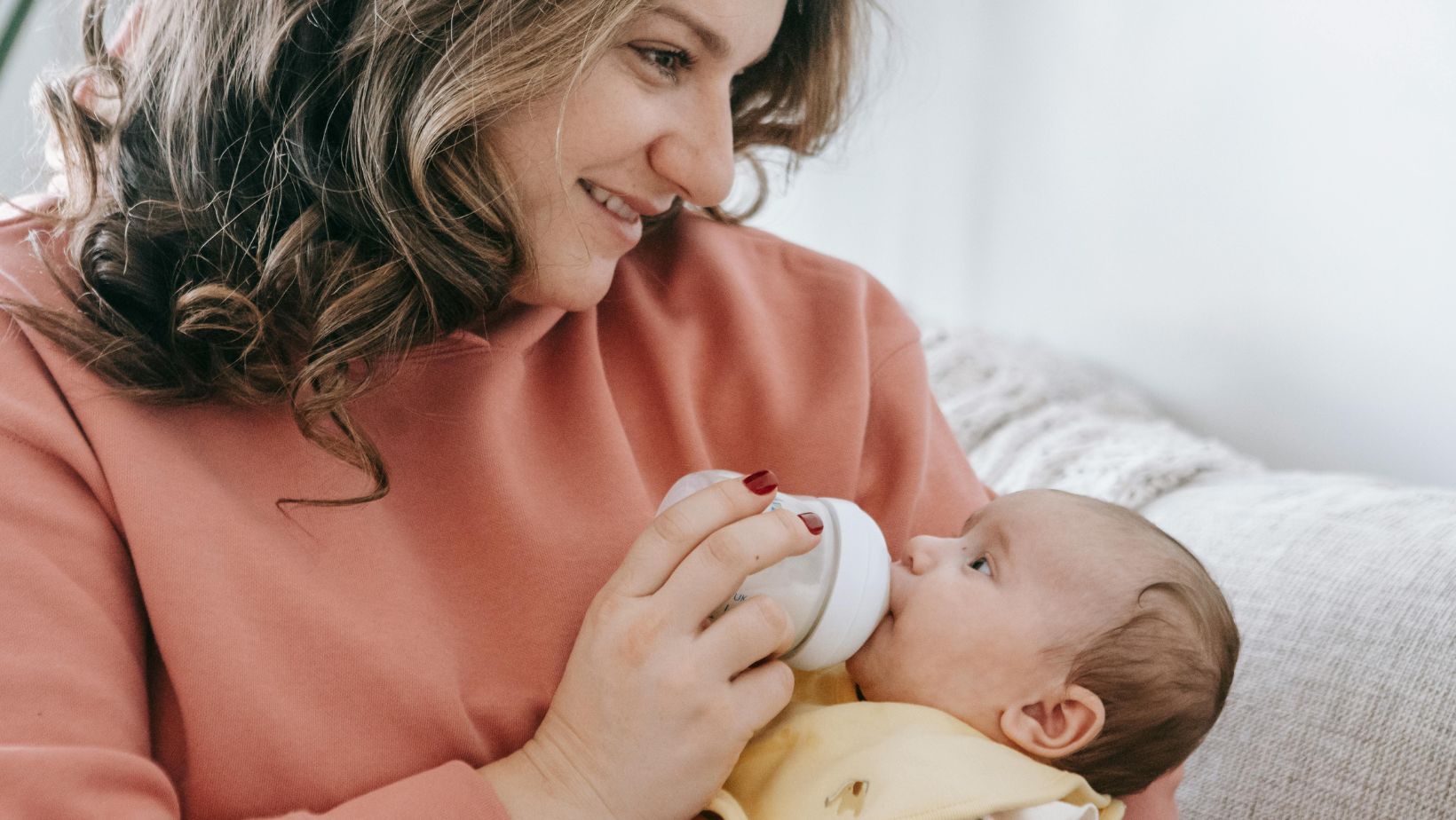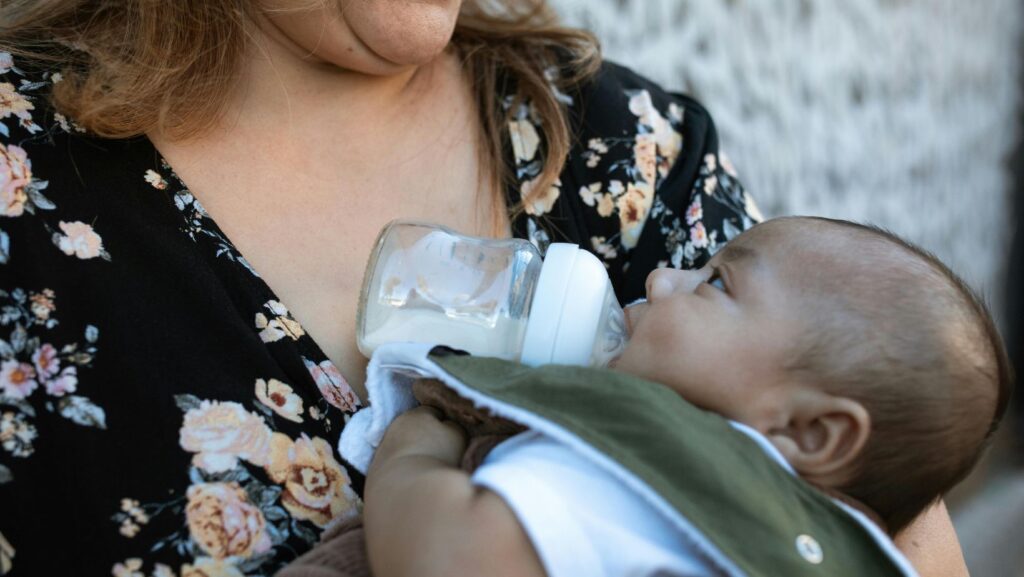You probably already know breast milk is often called “liquid gold,” and you probably already know there’s a reason for that. So, without going into details, the gist of it is: it has antibodies, enzymes, and hormones that make it ideal for your baby’s healthy development.
But that doesn’t mean that every feeding has to come directly from the breast. Life, work, and basic human limits can make that unrealistic. Pumping and bottle-feeding expressed milk gives your baby the same nutrition, without chaining you to a chair every three hours. And if you use formula sometimes or exclusively, that’s perfectly valid too.
What matters most is how you handle and store your milk. Because once it’s expressed, milk turns from a living fluid into something that needs careful management to stay safe. A fridge that runs slightly warm or a bottle stored too long at room temperature can undo all your effort. That’s where good storage habits come in: not complicated science projects, just smart systems that keep milk fresh, potent, and safe.
Why Safe Storage Is Essential
Milk that’s been improperly stored can not only lose nutrients but also develop bacterial growth, which, needless to say, can be dangerous for your baby. This is why you want to follow correct time-and-temperature guidance. It’s the only way to ensure both quality and safety.
So what does the science say?
According to CDC, it’s roughly 4 hours at room temperature, 4 days in the refrigerator, and between 6 and 12 months in the freezer (although they state 12 is “acceptable,” meaning about 6 would be better). These limits are based on lab and clinical guidance intended to protect infants, so rest assured, they’re safe to follow.
Pick Containers That Work
You want to get containers that are intended for human-milk storage, not random containers. In other words, look for purpose-made breast milk bags, clean glass or food-grade plastic bottles with tight lids.
As for what to avoid, steer clear from disposable bottle liners and generic plastic sandwich bags.
The best practice is to label each container with the date (and, if helpful, the time or volume). And use smaller portions when you can to reduce waste and limit how long opened portions sit after a feeding.
Temperature And Shelf-Life Basics
Here are some conservative timeframes you can follow in typical home settings:
- Room temperature (up to about 25–26°C or 77°F): up to 4 hours ideally. If your kitchen is cool and clean, some guidance allows up to 6–8 hours, but it’s still better to stick to 4 hours for predictable safety.
- Refrigerator (4°C or 39°F or colder): up to 4 days is a practical standard. Keep milk toward the back of the fridge (not the door) where temperatures are most stable.
- Freezer (0°F or −18°C or colder): use within 6 months for best quality; milk can remain safe up to 12 months in a deep freezer, but aim to use within 6 months when possible. Count the age from the first freeze event.

If you plan to transport it (daycare, travel), pack milk in a cooler with ice packs; milk typically stays safe up to about 8 hours in a well-packed cooler.
Thawing, Warming, And Using Milk
Thaw frozen milk either overnight in the refrigerator or by placing the sealed container in warm water. Don’t microwave it because it will create hot spots and damage components.
Swirl (don’t shake vigorously) to mix separated fat and milk. Thawed milk should be used within 24 hours if thawed in the fridge; once warmed/served, use within 1–2 hours and discard any leftovers that baby doesn’t finish.
Freezing Dry Breast Milk: What To Know
Freeze-drying (lyophilization) turns frozen breast milk into a powdered form that some services market as shelf-stable for years. It can be a great option when you travel or just have very limited freezer space.
If you plan to freeze dry breast milk, use a reputable service because the process is relatively new and not yet included in standard public-health storage guidelines. It can preserve nutrients and extend shelf life, that much is clear, but do your due diligence.
Labelling And Inventory System
It’s best to follow the FIFO principle: first in, first out. But to do that, you need to label clearly with date and volume. If you pump multiple times per day and combine milk, cool each batch first before mixing (combine equal-temperature milk).
You should also try keeping records if you’re banking large volumes. Nothing complex or big, a simple spreadsheet or an app works fine.
Hygiene Tips, Safety Checks, And When To Discard
Here are some quick hygiene tips you should follow closely:
- Wash hands before expressing or handling stored milk.
- Clean pump parts thoroughly after each use and air-dry on a clean surface.
- Don’t top off older frozen milk with newly expressed warm milk; cool newly pumped milk before combining.
But also, trust your own smell and common sense: if the milk smells sour or off after thawing, discard it.
For preterm or medically fragile infants, run stricter rules and consult neonatal guidance. It’s better to use fresher milk and follow hospital protocols. And of course, when in doubt, check with your pediatrician or lactation consultant.

